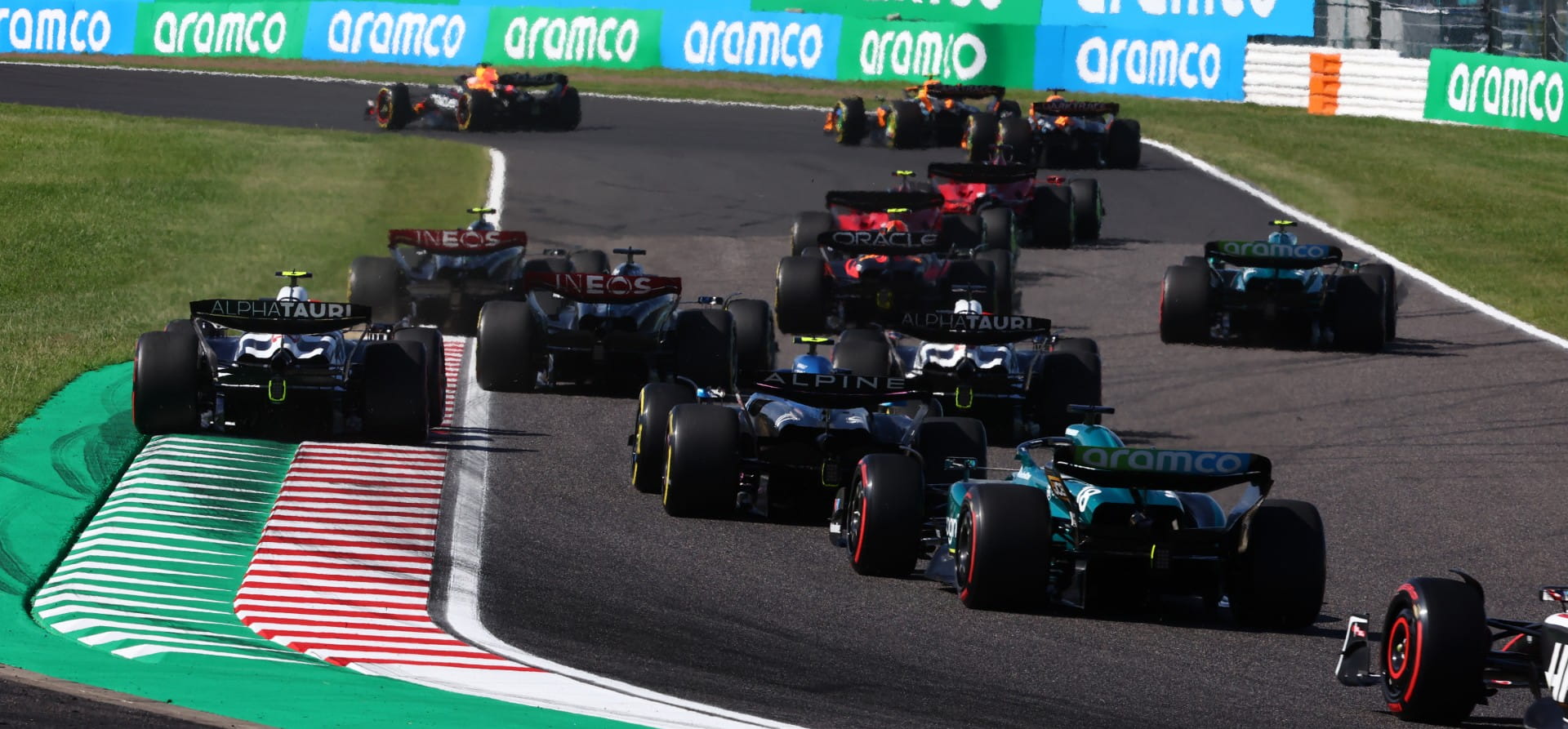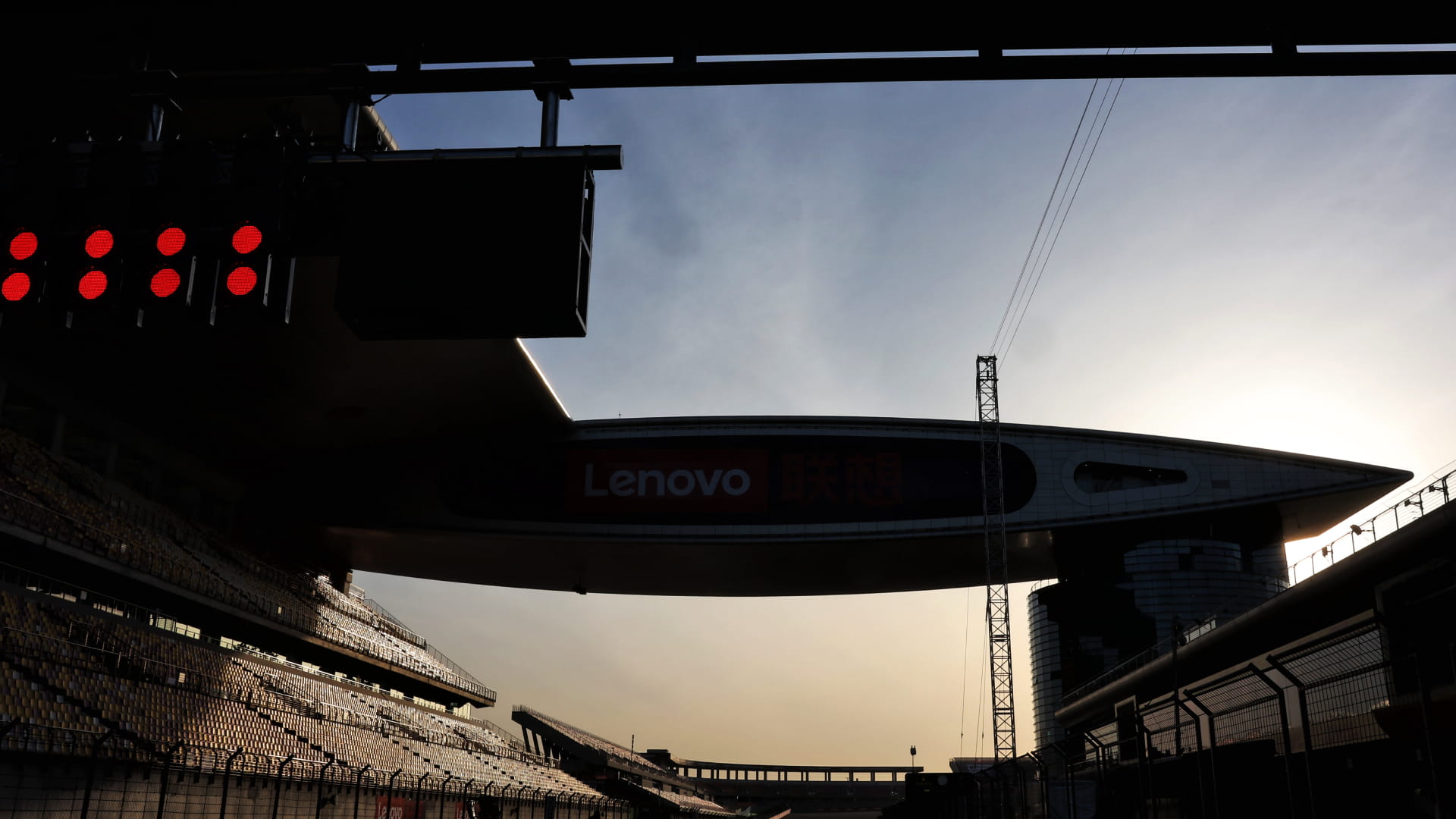Event
The Formula 1 engineer’s guide to the 2025 Japanese Grand Prix at Suzuka
by Raceteq
2min read

The next race of the 2025 Formula 1 season is the Japanese Grand Prix at Suzuka, a circuit that fans and drivers adore. Here’s the ultimate guide to the track from the perspective of an F1 team professional.

Sign up for a weekly newsletter and we'll make sure you're fully up-to-date in the world of race technology
Aston Martin Aramco Formula 1 Team deputy performance director Tim Wright has given Raceteq the F1 engineer’s guide to every circuit on the 2025 F1, Formula 2 and Formula 3 calendar by focusing on the technical and set-up demands of each track.
Suzuka Circuit, Suzuka, Japan
Length: 5.807 kilometres
Number of laps: 53
Number of turns: 18
Tim Wright, Aston Martin Aramco Formula 1 Team deputy performance director: “Drivers talk about Suzuka being one of the most impressive circuits on the F1 calendar, and it’s a real test for engineers. There are a few reasons why.
“The first sector is composed of a lot of medium- and high-speed corners; mainly high-speed. It’s therefore really important to have a car that is aerodynamically efficient and, if you have that, you can win at quite a few circuits on the calendar. Suzuka is therefore a great judge of how good your car’s aerodynamics are - it’s basically like a windtunnel.
“Suzuka, like Bahrain, also underlines just how important track roughness is when it comes to F1 car performance. If you zoomed into the track surface here you’d see it’s very jagged and rough - with loads of little peaks. Those peaks are the small areas where the tyre is making most of the contact with the track.

The first sector of Suzuka includes multiple high-speed corners chained together
“If you imagine a tyre on a very smooth surface such as a table, that tyre would be making contact with more of the surface.
“Tyres therefore slide across the surface more at Suzuka than most other circuits. That causes friction and heat - and more tyre wear. That’s why you need a car that takes care of its tyres here, and that would be a car that is very strong aerodynamically.
“Levels of roughness change across Suzuka as well, which means that the levels of grip vary from corner to corner. This makes the track a proper test for drivers, and there’s a high level of stress for them, as there is very little room for error around Suzuka.
“You can’t go off the track here. And if you do, you might have a big accident. Suzuka demands a lot from everyone.”

.jpg?cx=0.5&cy=0.5)

